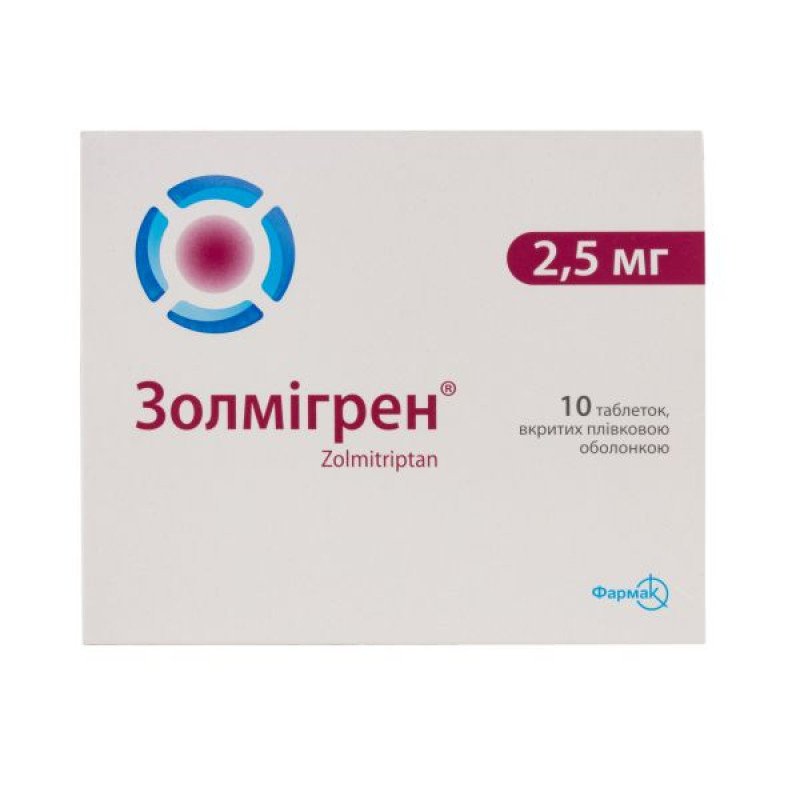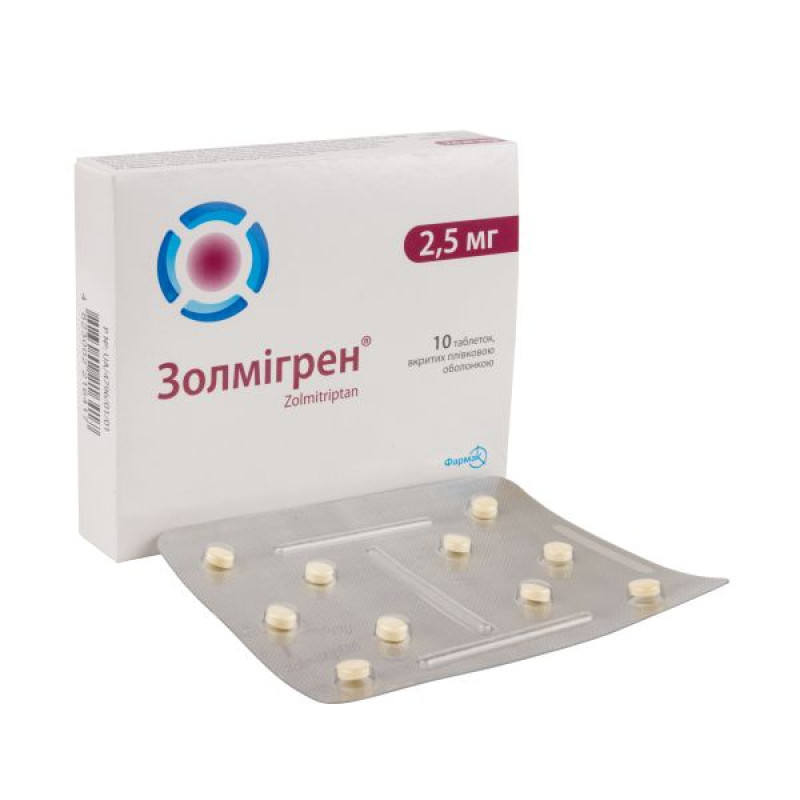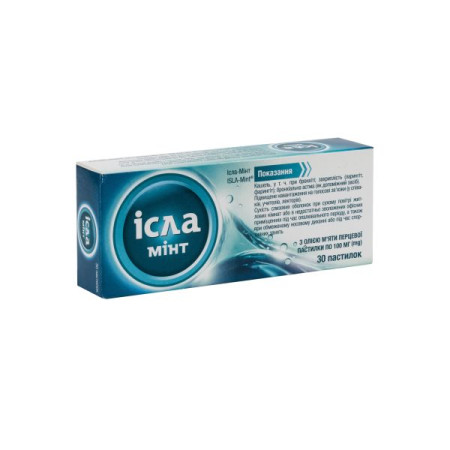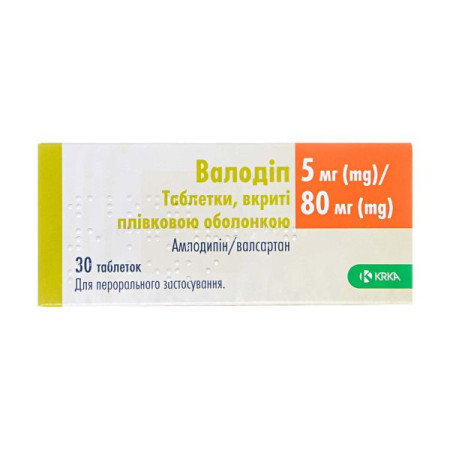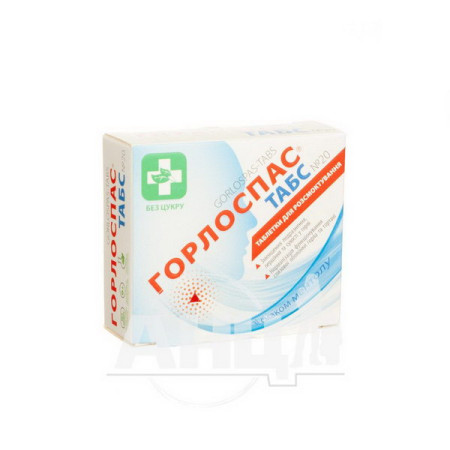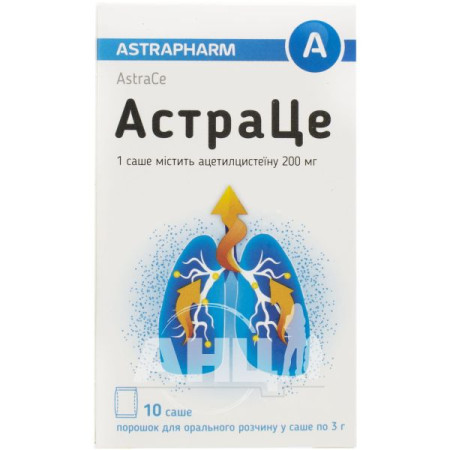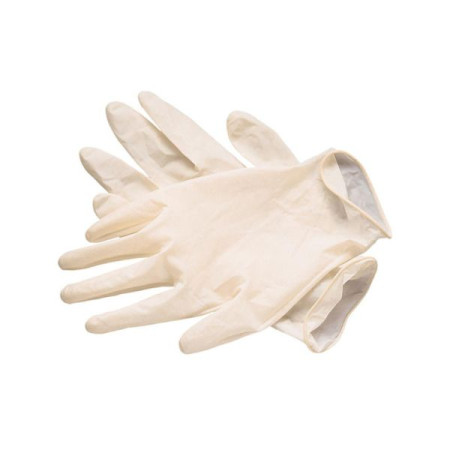Zolmigren film-coated tablets 2.5 mg No. 10
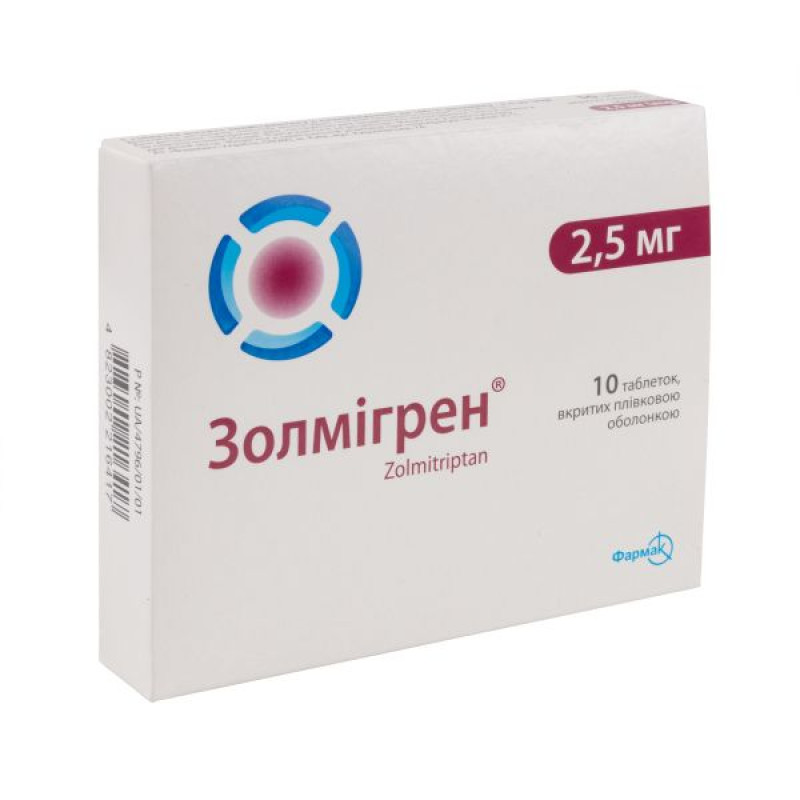
Instructions for use Zolmigren film-coated tablets 2.5 mg No. 10
Composition
active ingredient: zolmitriptan;
1 tablet contains zolmitriptan in terms of 100% substance 2.5 mg;
excipients: lactose monohydrate, microcrystalline cellulose 102, sodium starch glycolate (type A), magnesium stearate;
shell composition: Sepifilm 752 Blanc (hydroxypropylmethylcellulose, microcrystalline cellulose, polyethylene glycol (macrogol 40), titanium dioxide (E 171)), iron oxide yellow (E 172).
Dosage form
Film-coated tablets.
Main physicochemical properties: round tablets with a biconvex surface, film-coated, pale brown-yellow in color.
Pharmacotherapeutic group
Drugs used in migraine. Selective serotonin 5HT1 receptor agonists. Zolmitriptan. ATC code N02C C03.
Pharmacological properties
Pharmacodynamics
Zolmitriptan is a selective agonist of recombinant 5-HT1B/1D serotonin receptors of human vessels. It has moderate affinity for serotonin 5-HT1A receptors, has no significant affinity or pharmacological activity for 5HT2-, 5HT3-, 5HT4-serotonin receptors, a1-, a2-, b1-adrenergic receptors, H1-, H2-histamine receptors, M-choline receptors, D1-, D2-dopaminergic receptors. The drug causes vasoconstriction mainly of cranial vessels, blocks the release of neuropeptides, in particular vasoactive intestinal peptide, which is the main effector transmitter of reflex excitation, causing vasodilation, which is the basis of the pathogenesis of migraine. Stops the development of a migraine attack without direct analgesic action. Along with the relief of migraine attacks, it reduces nausea, vomiting (especially in left-sided attacks), photo- and phonophobia. In addition to the peripheral action, it affects the brainstem centers associated with migraine, which explains the persistent repeated effect in the treatment of a series of several migraine attacks in one patient. Highly effective in the complex treatment of status migrainosus (a series of several severe, consecutive migraine attacks lasting 2–5 days). Eliminates migraine associated with menstruation. High doses have a sedative effect and cause drowsiness.
The drug begins to act within 15–20 minutes and reaches a maximum 1 hour after administration. The maximum effect is observed when administered during the development of an attack.
Pharmacokinetics
After oral administration, it is well absorbed in the digestive tract. The absorption of the drug does not depend on food intake. The average absolute bioavailability is approximately 40%. Binding to plasma proteins is 25%. The time to reach maximum concentration is 1 hour, therapeutic plasma concentration is maintained for the next 4–6 hours. With repeated administration, cumulation of the drug is not observed. It is subject to intensive biotransformation in the liver with the formation of an N-desmethyl derivative, which has 2–6 times greater pharmacological activity than the original compound, and a number of inactive metabolites. Three main metabolites of zolmitriptan are known: indoleacetic acid (the main metabolite in plasma and urine), N-oxide and N-desmethyl analogues. The N-desmethylated metabolite is active, and the other two metabolites are inactive. In healthy subjects, when taking a single dose of zolmitriptan and its active N-desmethyl metabolite have proportionally dose-dependent AUC and Cmax in the dose range from 2.5 to 50 mg. Plasma concentrations of the N-desmethyl metabolite are approximately two times lower than those of the parent drug, it can enhance the therapeutic effect of zolmitriptan. It is excreted from the body mainly by the kidneys in the form of metabolites, about 30% - through the intestines in unchanged form. After intravenous administration, total plasma clearance averages approximately 10 ml / min / kg, of which a third is renal clearance. Renal clearance exceeds the glomerular filtration rate, which indicates secretion in the renal tubules. The volume of distribution after intravenous administration is 2.4 l / kg. The average half-life (T1 / 2) of zolmitriptan is 2.5-3 hours. The half-lives of its metabolites are similar, suggesting that their elimination is rate-limited.
In patients with moderate and severe renal insufficiency, the renal clearance of zolmitriptan and its metabolites is 7–8 times lower than in healthy volunteers, the half-life increases by 1 hour (to 3–3.5 hours), while the bioavailability of zolmitriptan and its active metabolite increases by only 16% and 35%, respectively. These values are within the range observed in healthy volunteers.
In hepatic insufficiency, the metabolism of zolmitriptan is reduced in proportion to its degree.
The plasma elimination half-life (T1/2) of zolmitriptan was 4.7 hours in healthy volunteers, 7.3 hours in patients with moderate liver disease and 12 hours in patients with severe liver disease. The corresponding T1/2 values for the N-desmethyl metabolite were 5.7 hours, 7.5 hours and 7.8 hours, respectively.
In a study in a small group of healthy subjects, no pharmacokinetic interaction with ergotamine was observed. Co-administration of zolmitriptan with ergotamine/caffeine was well tolerated and did not result in an increase in adverse reactions or changes in blood pressure compared to zolmitriptan alone.
No clinically significant differences in the pharmacokinetics of zolmitriptan or its active metabolite were observed after administration of rifampicin.
Selegiline (MAO-B inhibitor) and fluoxetine (selective serotonin reuptake inhibitor) did not affect the pharmacokinetic parameters of zolmitriptan.
The pharmacokinetics of zolmitriptan in healthy elderly subjects are similar to those in healthy young subjects.
Indication
Relief of migraine attacks with and without aura.
Contraindication
Increased individual sensitivity to the components of the drug. Uncontrolled hypertension. Coronary heart disease. Angiospastic angina (Prinzmetal's angina). Cerebrovascular disorders and transient ischemic attack (TIA) in history. Simultaneous use of ergotamine, ergotamine derivatives, sumatriptan, naratriptan or other 5HT1B/1D receptor agonists.
Interaction with other medicinal products and other types of interactions
There is no evidence that concomitant use of migraine prophylaxis drugs affects the efficacy or adverse effects of Zolmigren® (e.g. beta-blockers, oral dihydroergotamine and pizotifen).
The combination of the drug with caffeine, rifampicin, and propranolol is permissible.
There were no changes in the pharmacokinetics and tolerability of Zolmigren® during acute symptomatic treatment with drugs such as paracetamol, metoclopramide and ergotamine. Other 5HT1B/1D agonists should not be administered within 24 hours after taking Zolmigren®.
Based on data obtained with the participation of healthy volunteers, no pharmacokinetic interaction or any interaction of clinical significance has been observed between zolmitriptan and ergotamine. Since the risk of coronary spasm may theoretically increase, it is recommended that Zolmigren® be taken no earlier than 24 hours after taking ergotamine-containing drugs. Conversely, it is recommended that an ergotamine-containing drug be taken no earlier than 6 hours after taking Zolmigren®.
After administration of moclobemide, a specific inhibitor of monoamine oxidase A (MAO-A), a small increase (26%) in the AUC (area under the curve) of zolmitriptan and a three-fold increase in the AUC of the active metabolite were observed. Therefore, it is recommended that patients taking MAO-A inhibitors take zolmitriptan at a dose not exceeding 5 mg per day.
After administration of cimetidine, a general P450 inhibitor, the half-life of zolmitriptan increased by 44% and the AUC by 48%. In addition, cimetidine doubled the half-life and AUC of the active N-dimethylated metabolite (183C91). It is recommended that patients taking cimetidine should not exceed 5 mg of zolmitriptan per day.
Based on the general interaction profile, the possibility of interactions with specific CYP 1A2 inhibitors cannot be excluded. Therefore, when using similar compounds such as fluvoxamine and quinolones (e.g. ciprofloxacin), a dose reduction is also recommended.
Fluoxetine does not affect the pharmacokinetics of zolmitriptan. Therapeutic doses of the specific serotonin reuptake inhibitors fluoxetine, sertraline, paroxetine and citalopram do not inhibit CYP1A2. However, serotonin syndrome has been reported after concomitant use of triptans and selective serotonin reuptake inhibitors (SSRIs) (e.g. fluoxetine, paroxetine, sertraline) and selective serotonin and norepinephrine reuptake inhibitors (SSRIs) (e.g. venlafaxine, duloxetine) (see section 4.4).
With the simultaneous use of 5HT1B/1D receptor agonists and medicinal products containing St. John's wort (Hypericum perforatum), there is a possibility of a dynamic interaction, which may lead to an increase in undesirable effects.
Application features
The drug should only be used in cases where the diagnosis of migraine is clearly established. Before starting treatment for headache, other neurological conditions should be excluded in patients who have not previously been diagnosed with migraine and in those who have atypical symptoms with an established diagnosis of migraine.
There are no data on the use of Zomigren® in hemiplegic or basilar migraine.
It should be noted that patients suffering from migraine are at increased risk of cerebrovascular disorders.
Cerebral hemorrhage, subarachnoid hemorrhage, stroke, and other cerebrovascular disorders may occur in patients taking 5HT1B/1D agonists.
In isolated cases, as with other 5HT1B/1D agonists, coronary spasm, angina pectoris and myocardial infarction may occur. Zolmigren® should not be used in patients with risk factors for coronary heart disease without prior examination for cardiovascular disease. However, examination does not identify every patient with cardiac disease, and there have been isolated cases of serious cardiac events in patients without a history of cardiovascular disease.
As with other 5HT1B/1D agonists, a feeling of heaviness, pressure or squeezing in the heart area may occur after taking zolmitriptan. If chest pain or symptoms characteristic of ischemic heart disease occur, Zolmigren® should be discontinued and the patient should be examined.
As with other 5HT1B/1D agonists, transient increases in blood pressure may occur in patients with a history of hypertension as well as in patients with normal blood pressure. Very rarely, such increases in blood pressure have been associated with serious clinical manifestations.
As with other 5HT1B/1D agonists, rare cases of anaphylaxis/anaphylactoid reactions have been observed in patients receiving zolmitriptan.
Serotonin syndrome has been reported following concomitant use of triptans and selective serotonin reuptake inhibitors (SSRIs) or serotonin-norepinephrine reuptake inhibitors (SNRIs). Serotonin syndrome is a potentially life-threatening condition and may include the following signs and symptoms: mental status changes (e.g., agitation, hallucinations, coma), autonomic instability (e.g., tachycardia, labile blood pressure, hyperthermia), neuromuscular abnormalities (e.g., hyperreflexia, incoordination) and/or gastrointestinal symptoms (e.g., nausea, vomiting, diarrhea). If concomitant use of Zolmigren® and SSRIs or SNRIs is clinically warranted, close monitoring of the patient is recommended, especially at the start of treatment and during dose increases.
Excessive use of medications for the treatment of acute migraine attacks may lead to an increase in the frequency of headaches, which may require discontinuation of treatment. In such a situation, it is necessary to stop treatment and consult a doctor.
Zolmigren® contains lactose. If you have been told by your doctor that you have an intolerance to some sugars, contact your doctor before taking this medicine.
Ability to influence reaction speed when driving vehicles or other mechanisms
In a study in which a small group of healthy volunteers took zolmitriptan at a dose of up to 20 mg, no significant effect on the results of psychomotor tests was noted. Zolmigren® has no or negligible influence on the ability to drive and use machines.
But drivers of vehicles and people whose work requires increased concentration of attention should be warned that drowsiness may develop in the event of a migraine attack.
Use during pregnancy or breastfeeding
Pregnancy
The safety of zolmitriptan during pregnancy has not been studied. Animal studies have not revealed a direct teratogenic effect. Zolmigren® can be used during pregnancy only if the possible therapeutic effect for the mother outweighs the potential risk to the fetus/child.
Breast-feeding
Studies have shown that zolmitriptan passes into the milk of lactating animals. There are no data on the passage of zolmitriptan into human breast milk. Therefore, caution should be exercised when using the drug in women who are breastfeeding.
Method of administration and doses
The drug is not intended for use in the prevention of migraine attacks. The effectiveness of treatment does not depend on how long after the onset of a migraine attack Zolmigren® was taken, but it is recommended to use it as early as possible after the onset of a migraine attack.
Adults should be prescribed 1 tablet (2.5 mg zolmitriptan). If symptoms persist or recur within 24 hours, a second dose of 1 tablet (2.5 mg zolmitriptan) may be required. If necessary, a second dose should be taken no earlier than 2 hours after the first dose.
If the 2.5 mg dose is not effective, the single dose may be increased to 5 mg (maximum single dose). The maximum daily dose is 10 mg.
In patients who respond to treatment, significant efficacy is evident within 1 hour of taking the drug.
Liver failure
In hepatic insufficiency, the metabolism of zolmitriptan is reduced. For patients with mild hepatic impairment, dose adjustment is not required. For patients with moderate and severe hepatic impairment, the daily dose of the drug should not exceed 5 mg.
Kidney failure
With creatinine clearance above 15 ml/min, dose adjustment is not required.
Patients aged 65 years and over
Interactions requiring dosage adjustment (see section “Interaction with other medicinal products and other types of interactions”)
Patients taking MAO-A inhibitors are recommended to take zolmitriptan at a dose of no more than 5 mg per day.
The maximum recommended daily dose of zolmitriptan for patients taking cimetidine is no more than 5 mg per day.
A maximum daily dose of zolmitriptan of 5 mg is recommended for patients taking specific CYP1A2 inhibitors such as fluvoxamine and quinolones (e.g. ciprofloxacin).
Children
Not recommended for use in the treatment of children (under 18 years of age).
Overdose
Symptoms: Sedation was observed in volunteers who took a single dose of zolmitriptan 50 mg.
Treatment: The elimination half-life of zolmitriptan is 2.5 to 3 hours, therefore the patient should be observed for at least 15 hours after overdose or until symptoms resolve. There is no specific antidote.
In case of severe intoxication, intensive care procedures are recommended, including ensuring airway patency, adequate oxygenation and ventilation, and monitoring and maintaining cardiovascular function.
It is not known how hemodialysis and peritoneal dialysis affect the serum concentration of zolmitriptan.
Adverse reactions
Side effects are usually mild, usually transient, appear within 4 hours after taking the drug, do not increase in frequency after repeated use, and disappear spontaneously without any additional treatment.
The frequency of side effects is classified as follows: very common (≥ 1/10); common (≥ 1/100 < 1/10); uncommon (≥ 1/1000 < 1/100); rare (≥ 1/10000 < 1/1000); very rare
(< 1/10,000), unknown (cannot be estimated from available data).
Immune system disorders: rarely – hypersensitivity reactions, angioedema and anaphylactic reactions.
From the heart: often - palpitations; infrequently - tachycardia; very rarely - myocardial infarction, angina pectoris, coronary spasm.
Vascular disorders: infrequently - temporary increase in systemic blood pressure, slight increase in blood pressure.
From the nervous system: often - sensory disturbances, dizziness, headache, hyperesthesia, paresthesia, drowsiness, feeling of heat.
Gastrointestinal: often - abdominal pain, nausea, vomiting, dry mouth, dysphagia; very rarely - diarrhea with blood, intestinal infarction or necrosis, ischemic phenomena from the gastrointestinal tract, ischemic colitis, splenic infarction.
Skin and subcutaneous tissue disorders: rarely - angioedema, urticaria.
On the part of the kidneys and urinary system: infrequently - polyuria, increased frequency of urination; very rarely - urgent urge to urinate.
Musculoskeletal and connective tissue disorders: often - muscle weakness, muscle pain.
General disorders and administration site conditions: common: asthenia, feeling of heaviness, tightness, pain or pressure in the throat, neck, chest and extremities.
Expiration date
3 years.
Do not use the drug after the expiration date indicated on the package.
Storage conditions
Store in the original packaging at a temperature not exceeding 25 °C.
Keep out of reach of children.
Packaging
10 tablets in a blister. 1 blister in a pack.
Vacation category
According to the recipe.
Producer
JSC "Farmak".
Location of the manufacturer and its business address
Ukraine, 04080, Kyiv, Kyrylivska St., 74.
There are no reviews for this product.
There are no reviews for this product, be the first to leave your review.
No questions about this product, be the first and ask your question.







